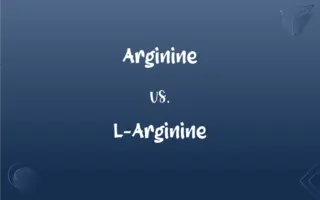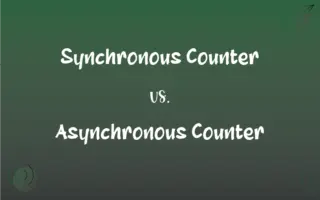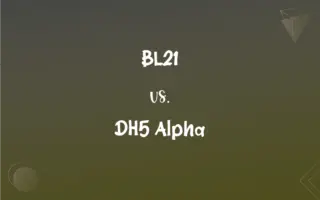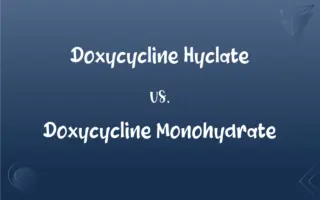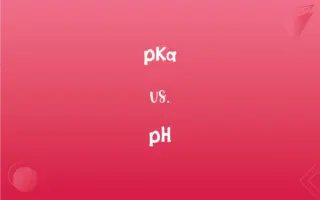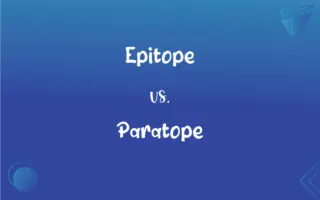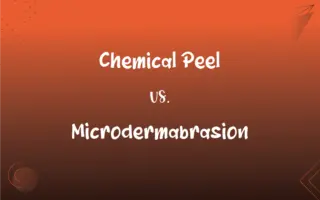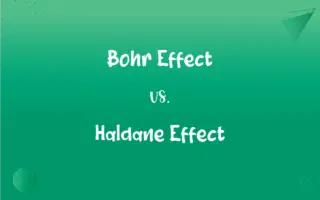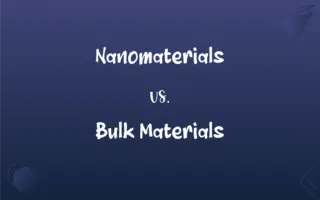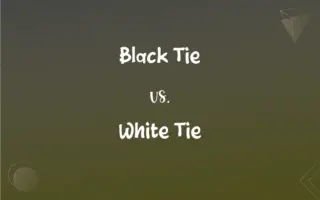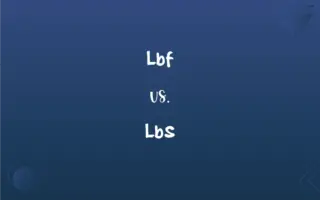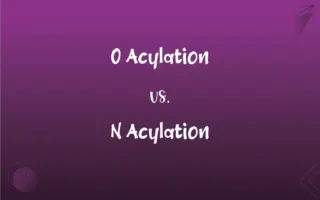Chromphyllite vs. Fluorine: What's the Difference?
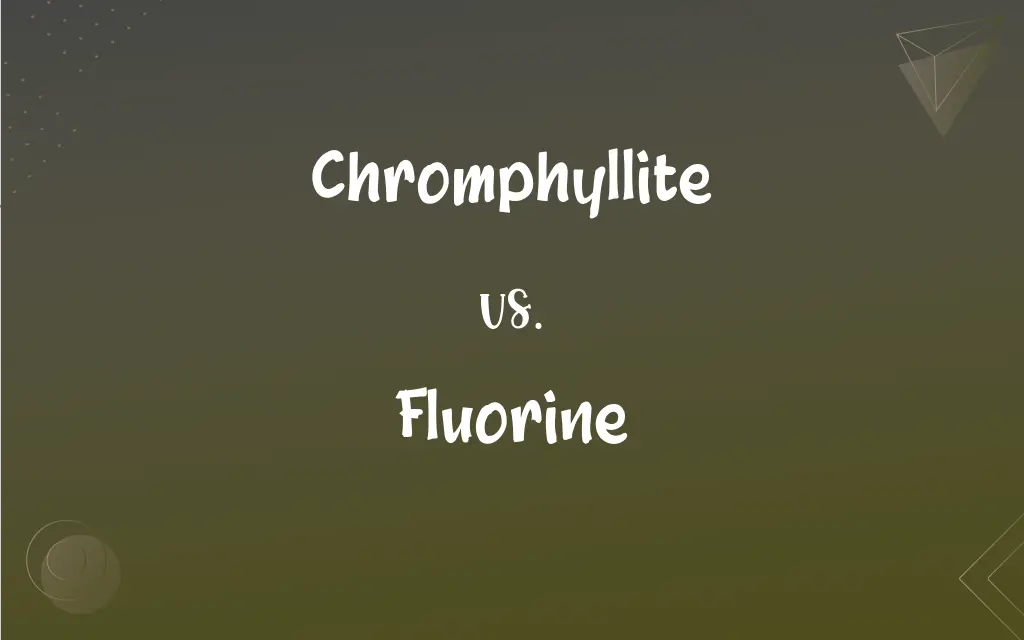
Chromphyllite and Fluorine Definitions
Chromphyllite
(mineral) A monoclinic-prismatic emerald green mineral containing aluminum, barium, chromium, fluorine, hydrogen, oxygen, potassium, and silicon.
Fluorine
A pale-yellow, highly corrosive, poisonous, gaseous halogen element, the most electronegative and most reactive of all the elements, existing as a diatomic gas (F2) and used in a wide variety of industrially important compounds. Atomic number 9; atomic weight 18.9984; melting point -219.67°C; boiling point -188.12°C; specific gravity of liquid 1.50 (at boiling point); valence 1. See Periodic Table.
Fluorine
(uncountable) The chemical element (symbol F) with an atomic number of 9. It is the lightest of the halogens, a pale yellow-green, highly reactive gas that attacks all metals.
Fluorine
A single atom of this element.
An octahedron of fluorines
Fluorine
A non-metallic, gaseous element of atomic number 9, strongly acid or negative, and associated with chlorine, bromine, and iodine, in the halogen group of which it is the first member. It always occurs combined, is very active chemically, and possesses such an avidity for most elements, and silicon especially, that it can neither be prepared nor kept in glass vessels, but may be contained in lead vessels. If set free it immediately attacks a containing glass vessel, so that it was not isolated until 1886. It is a pungent, corrosive, colorless gas. Symbol F. Atomic weight 19.00.
ADVERTISEMENT
Fluorine
A nonmetallic univalent element belonging to the halogens; usually a yellow irritating toxic flammable gas; a powerful oxidizing agent; recovered from fluorite or cryolite or fluorapatite

























